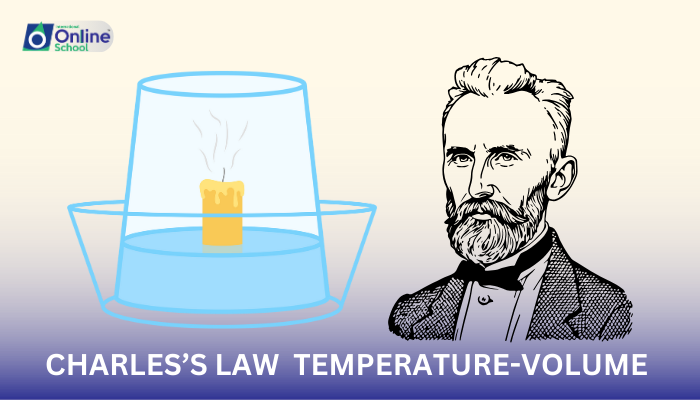
Learning Outcomes
By the end of this lesson, students will be able to:
i. Define and explain Charles's law, a fundamental gas law that describes the relationship between temperature and volume.
ii. State Charles's law in its mathematical form, V/T = k, where V is the volume of the gas at a given temperature T, and k is a constant.
iii. Recognize the direct relationship between gas temperature and volume at a constant pressure, as stated by Charles's law.
iv. Apply Charles's law to predict and explain changes in gas volume under various temperature conditions.
v. Solve quantitative problems involving Charles's law, demonstrating the application of this principle to real-world scenarios.
Introduction
The world around us is a captivating tapestry of matter, and gases play a crucial role in various phenomena. Understanding the behavior of gases is essential to comprehending various processes, from weather patterns to the operation of hot air balloons.
i. Charles's Law: A Warm Embrace
Charles's law, another cornerstone of gas laws, states that at a constant pressure, the volume of a gas is directly proportional to its temperature in Kelvin. This means that as the temperature of a gas increases, its volume expands, and vice versa.
ii. Mathematical Expression of Charles's Law
Charles's law can be expressed mathematically as:
V/T = k
where:
V is the volume of the gas at a given temperature T
T is the temperature of the gas in Kelvin (K)
k is a constant, specific to the gas
This equation implies that the ratio of volume to temperature is constant for a given gas, highlighting the direct relationship between gas volume and temperature.
iii. Understanding the Direct Relationship
The direct relationship between gas temperature and volume can be explained by considering the increased kinetic energy of gas molecules at higher temperatures. As the temperature rises, the molecules move faster, colliding with the container walls more frequently. This increased motion leads to an expansion of the gas volume, as the molecules occupy more space.
iv. Applications of Charles's Law
Charles's law has wide-ranging applications in various fields:
Hot Air Balloons: The expansion of heated air inside a hot air balloon, following Charles's law, provides the lift necessary for the balloon to ascend.
Thermometers: Gas thermometers utilize the expansion of a gas with increasing temperature, following Charles's law, to measure temperature.
Respiratory System: The volume of air in the lungs changes during inhalation and exhalation, with Charles's law playing a role in the exchange of gases during respiration.
v. Examples of Charles's Law in Action**
Party Balloons: As a party balloon is filled with helium, the increased volume of the gas inside the balloon is a direct result of the temperature difference between the helium and the surrounding air.
Cooking: The expansion of air trapped inside food during cooking, following Charles's law, can lead to cracks or explosions if not properly released.
Pressure Cookers: The elevated temperature inside a pressure cooker, allowing for faster cooking, is due in part to the reduced volume of air within the cooker, a consequence of Charles's law.
Charles's law, a fundamental principle in physics, provides valuable insights into the behavior of gases and their response to changes in temperature and volume. By understanding this direct relationship, we gain a deeper appreciation for the interplay between gas molecules and the forces that govern their interactions, further enriching our exploration of the fascinating realm of gases.